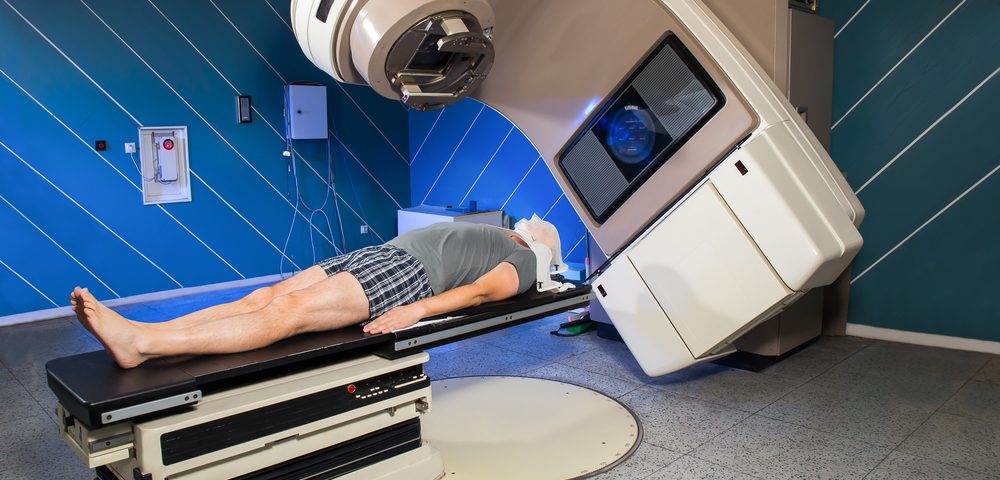A new-generation radiation therapy introduced in 2007 is effective against malignant pleural mesothelioma, a New York study reports.
The researchers at the Icahn School of Medicine at Mount Sinai said many doctors are finding a combination of surgery and intensity modulated radiation therapy, or IMRT, to be beneficial to those with the lung cancer.
The study, “Malignant pleural mesothelioma: adjuvant therapy with radiation therapy,” appeared in the journal Annals of Translational Medicine.
The main way that doctors treat mesothelioma is removing the tumor. The most radical approach, extrapleural pneumonectomy, or EPP, involves removing the entire lung, the tissue surrounding it and the diaphragm. The other approach is pleurectomy/decortication, or P/D. It involves removing the tumor but leaving the lung intact.
This means that patients who undergo EPP end up with just one lung, while patients who have P/D end up with two.
Physicians have disagreed on whether radiation helps mesothelioma patients, and many point out that it is toxic.
Studies have shown that survival improves when doctors use multiple therapies to treat mesothelioma rather than just surgery. But research done before IMRT was introduced generated mixed results.
A study covering 14,228 mesothelioma patients showed no difference in survival between those who had surgery alone and those who had surgery and radiation. Another study showed that surgery with radiation significantly increased the percentage of patients who survived for two years after treatment. That percentage was 34 percent, versus 20 percent for surgery-only patients.
IMRT is one of the most important technological advances in radiation therapy. It delivers a high dose to tumor tissue but a low dose to surrounding normal tissue. This means it is less toxic to patients.
These days IMRT is used on the majority of mesothelioma patients who opt for radiation.
It requires a lot of expertise, however. In fact, shortly after it was introduced, studies showed that many doctors were having trouble using it, especially those who hadn’t tried it before.
Many cancer centers now prefer P/D over EPP. While the two produce similar outcomes, P/D generates less surgical toxicity.
Since P/D leaves the lung intact, doctors see IMRT — which minimizes toxicity to normal tissue — as the best way to deliver radiation with that surgery.
Recent studies have shown IMRT to be safe now that doctors are experienced with it.
More importantly, many cancer centers have reported that it is effective when combined with surgery.
Dr. Kenneth E. Rosenzweig, an oncologist who headed the Icahn School of Medicine research team, cautioned that while IMRT is less toxic than traditional radiation, it does generate toxicity. Doctors need to take that into account when recommending a treatment strategy to patients, he said.



One comment